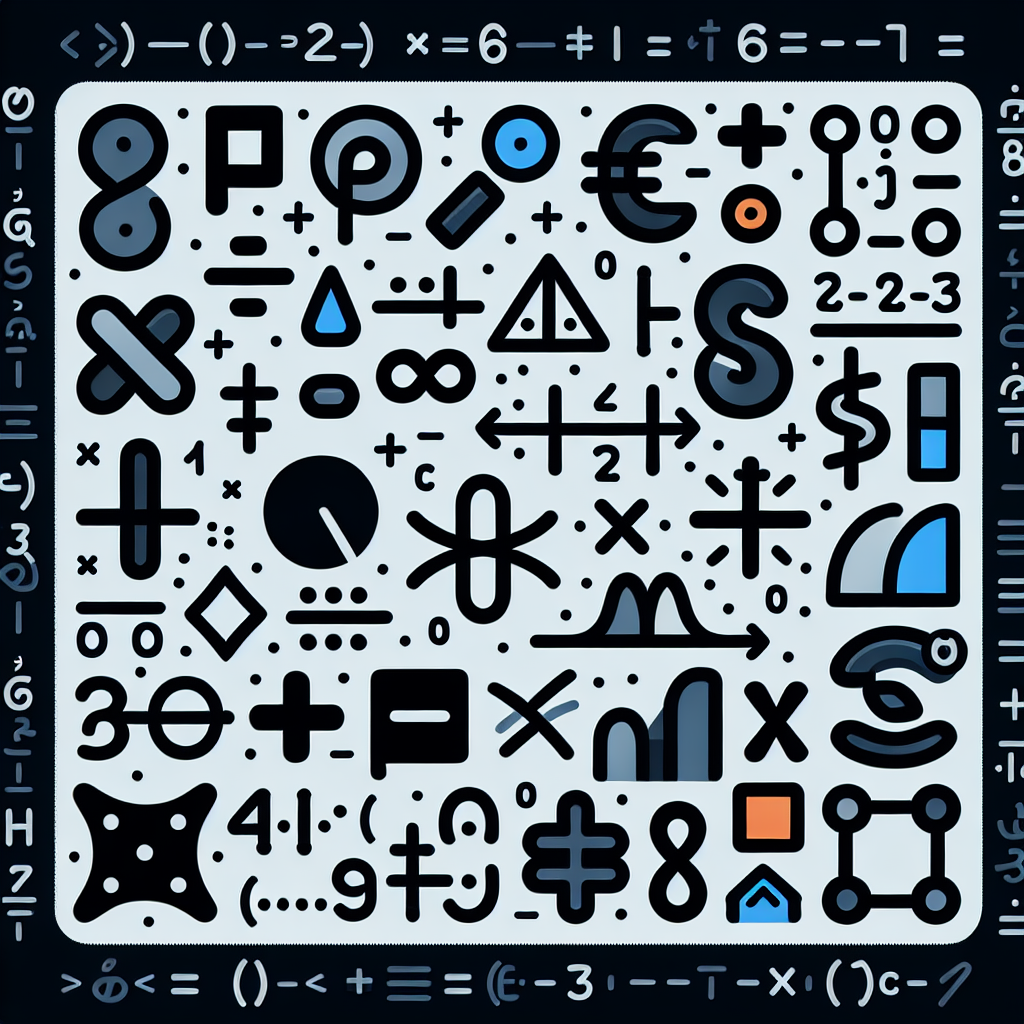R Markdown Math Symbols
R Markdown uses LaTeX for seamless math symbol integration, enhancing document clarity and professionalism. With $ and $$, it supports inline and display formulas, including common symbols like fractions and radicals.

"Tired of manually formatting your Markdown? Try our free, one-click Markdown converter and simplify your writing workflow today!"
In the field of data science and statistical analysis, R Markdown has become a popular document writing tool. It not only supports the embedding and execution of code but also allows for the easy presentation of mathematical formulas and symbols. This article will detail how to use mathematical symbols in R Markdown, helping you to accurately and beautifully present mathematical content in your documents.
What is R Markdown?
R Markdown is a document format based on Markdown, allowing users to embed R code within the document and generate output files in various formats such as HTML, PDF, and Word. The flexibility and powerful features of R Markdown make it an ideal choice for data analysis and academic writing.
The Importance of Mathematical Symbols in R Markdown
In scientific research and data analysis, mathematical symbols are indispensable. They are used to represent formulas, equations, and statistical models, making the content of the document more precise and professional. R Markdown supports mathematical symbols in LaTeX format, enabling users to easily insert complex mathematical expressions into their documents.
How to Use Mathematical Symbols in R Markdown
Basic Syntax
In R Markdown, mathematical symbols are typically written using LaTeX syntax. Here are some basic examples of mathematical symbol writing:
-
Inline formula: Use
$...$to wrap the mathematical expression. For example,$E=mc^2$will display as (E=mc^2). -
Block-level formula
: Use
$$...$$to wrap the mathematical expression. For example,
$$ \int_{a}^{b} f(x) \,dx $$will display as: [ \int_{a}^{b} f(x) ,dx ]
Common Mathematical Symbols
Here are some common mathematical symbols and their LaTeX codes:
- Superscript and subscript: Use
^and_. For example,$x^2$displays as (x^2),$a_i$displays as (a_i). - Fraction: Use
\frac{numerator}{denominator}. For example,$\frac{1}{2}$displays as (\frac{1}{2}). - Square root: Use
\sqrt{}. For example,$\sqrt{x}$displays as (\sqrt{x}). - Summation and integral: Use
\sumand\int. For example,$\sum_{i=1}^{n} x_i$displays as (\sum_{i=1}^{n} x_i),$\int_{a}^{b} f(x) \,dx$displays as (\int_{a}^{b} f(x) ,dx).
Advanced Mathematical Symbols
For more complex mathematical symbols and formulas, you can refer to LaTeX documentation and online resources. For example, a comprehensive list of mathematical symbols can be found in the LaTeX Mathematical Symbols Handbook.
Example Document
Here is a simple R Markdown document example demonstrating how to use math symbols:
---
title: "R Markdown Math Symbols Example"
output: html_document
---
# R Markdown Math Symbols
In this document, we will demonstrate how to use math symbols in R Markdown.
## Basic Math Symbols
- **Inline formula**: $E=mc^2$
- **Block formula**:
$$
\int_{a}^{b} f(x) \,dx
$$
## Advanced Math Symbols
- **Summation**: $\sum_{i=1}^{n} x_i$
- **Integral**: $\int_{a}^{b} f(x) \,dx$
复制
Conclusion
Mastering the use of mathematical symbols in R Markdown not only enhances the professionalism and readability of your documents but also helps you to more effectively convey mathematical and statistical analysis content. With the introduction and examples provided in this article, you should have a deeper understanding of how to use mathematical symbols in R Markdown.



Comments ()